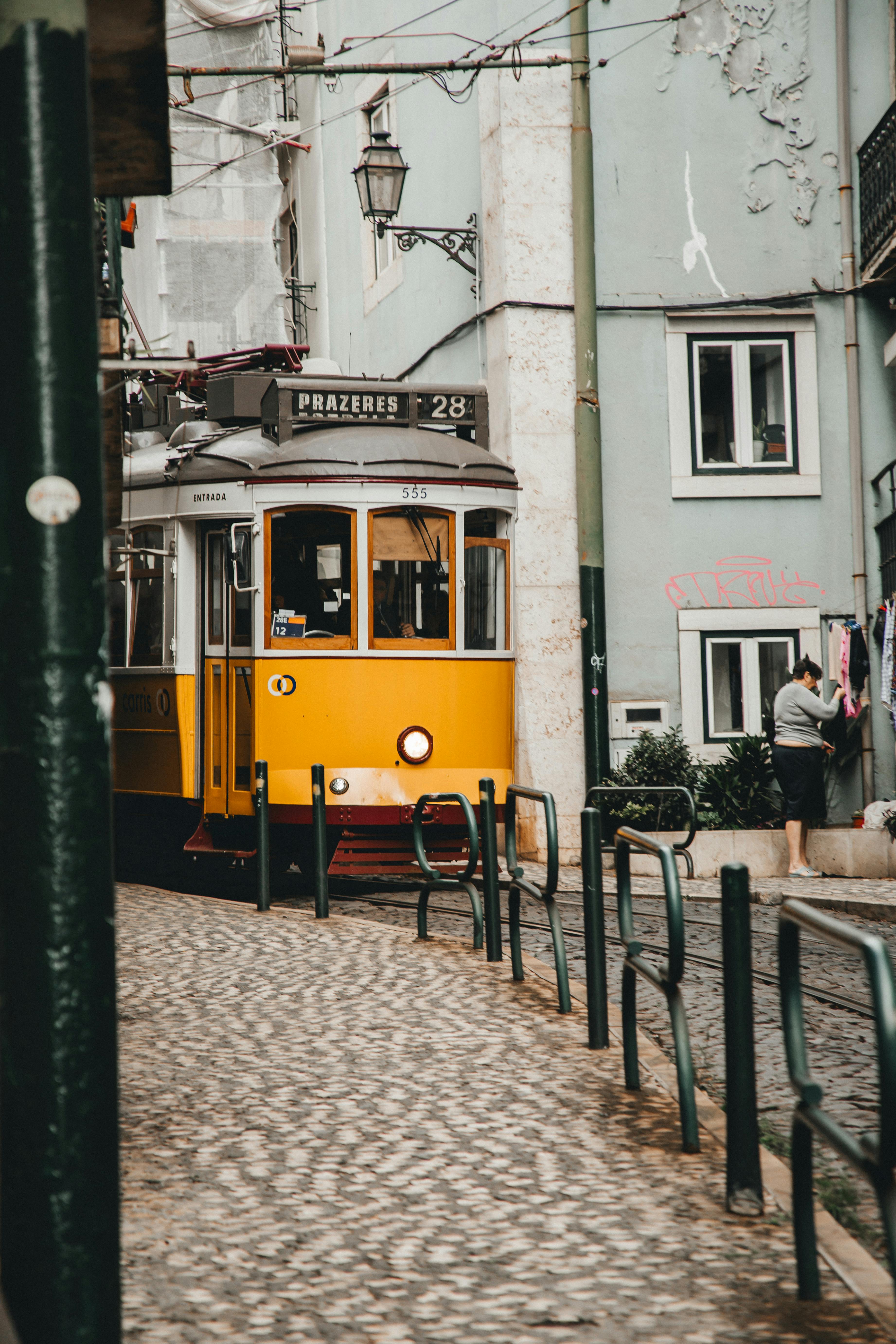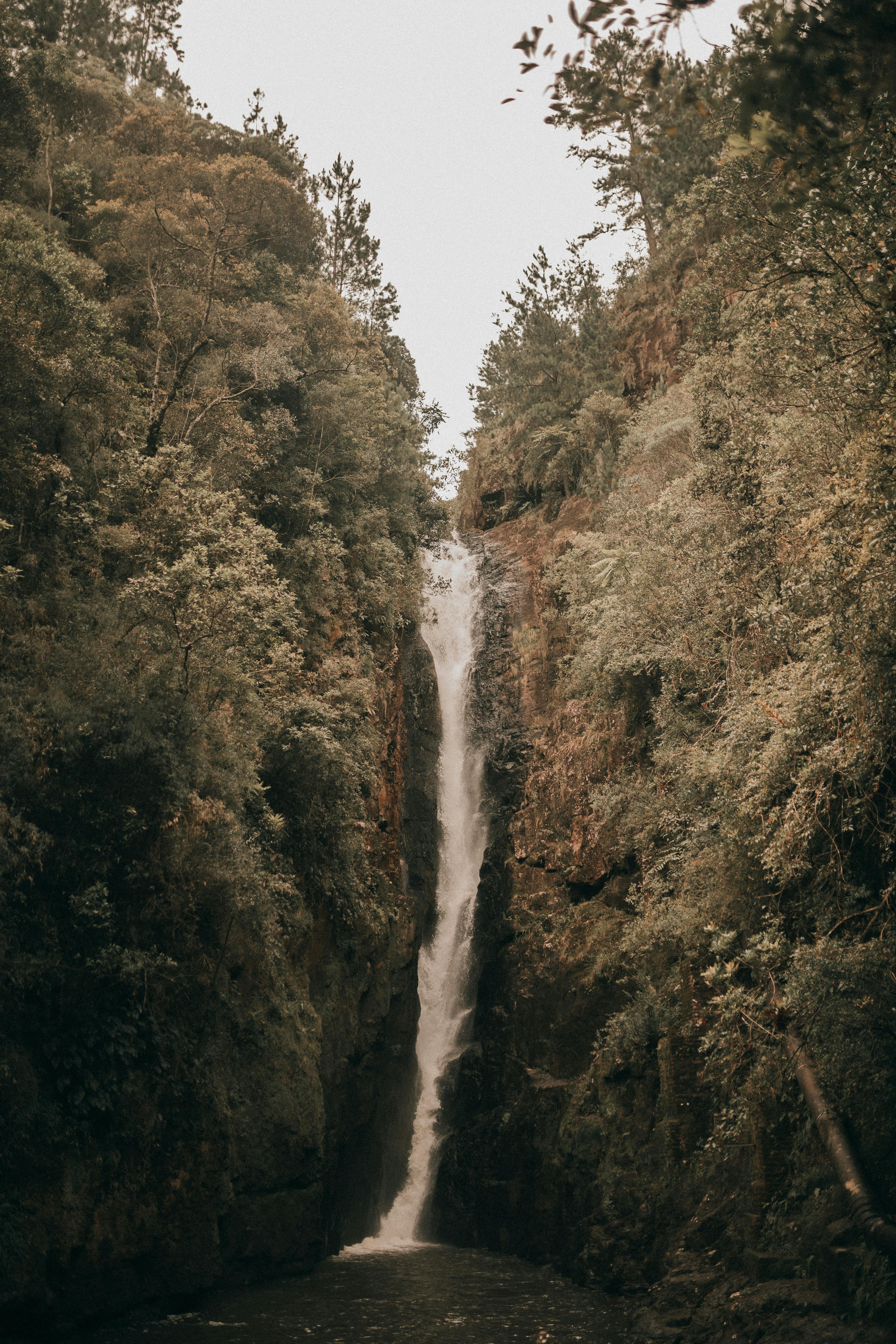Join us as we embark on a captivating journey through the rich and diverse language of Indian travelogues. On IndianCulture.com, we uncover the hidden linguistic and literary gems of India, from the ancient influence of Sanskrit to the echoes of classical epics and the vibrant voices of contemporary authors. Through the lens of travelogues, we delve into the vast expanse of India’s literary heritage, celebrating the power of words to transport us to new worlds and expand our horizons. Get ready to explore the world through the language of Indian travelogues.

The Influence of Sanskrit
Sanskrit, often referred to as the mother of all Indian languages, has played a significant role in shaping the linguistic landscape of India. Its influence can be traced back to ancient times when it served as the medium of communication for religious and spiritual texts. The profound impact of Sanskrit on Indian languages, including those used in travelogues, cannot be overstated.
The roots of Indian languages
Indian languages such as Hindi, Bengali, Tamil, Marathi, and many others, owe their existence, structure, and vocabulary to Sanskrit. Sanskrit has provided a solid foundation upon which these languages have evolved over centuries. The grammatical rules, syntax, and vocabulary of Sanskrit have served as the building blocks for the development of Indian languages.
When it comes to travel literature, the impact of Sanskrit becomes evident in the usage of words, phrases, and idioms derived from this ancient language. It gives Indian travelogues a unique and distinct flavor that sets them apart from travel narratives in other parts of the world.
The importance of Sanskrit in Indian travelogues
Sanskrit has had a profound influence on travelogues in India. It has enriched the language used in these narratives, making them more vibrant, descriptive, and evocative. Sanskrit words and phrases can often be found sprinkled throughout Indian travelogues, adding depth and complexity to the narratives.
Furthermore, Sanskrit has also influenced the style and structure of Indian travelogues. The use of Sanskrit poetic meters, such as the shloka, in travelogues is not uncommon. This adds a lyrical quality to the narratives, making them more engaging and aesthetically pleasing for the readers.
Classical Epics and Travel Literature
Two of the most significant and influential works in Indian literature, the Mahabharata and the Ramayana, have had a profound impact on travelogues in India.
The Mahabharata and its impact on travelogues
The Mahabharata, an epic tale of war, love, and destiny, has inspired generations of Indian writers and poets. Its influence can be seen in various forms of literature, including travelogues. The epic’s vivid descriptions of landscapes, cities, and mythical places have provided a rich source of inspiration for travel writers.
In Indian travelogues, references to the Mahabharata can often be found, describing the places mentioned in the epic. The travel writers not only explore the physical aspects of these places but also delve into the deeper meanings associated with them, as narrated in the Mahabharata. This interplay between mythology and real-world exploration adds an intriguing dimension to Indian travelogues.
The Ramayana and its influence on travel literature
Similar to the Mahabharata, the Ramayana has also left an indelible mark on Indian travel literature. The epic’s narrative, which follows the journey of Prince Rama in search of his wife Sita, has captivated the minds of readers for centuries. The vivid descriptions of landscapes, forests, and ancient cities have served as a source of inspiration for travel writers.
Indian travelogues often draw upon the imagery and symbolism present in the Ramayana to craft their narratives. The experiences of travelers in these travelogues mirror the trials and tribulations faced by the characters in the epic. This connection between mythology and travel adds depth and meaning to Indian travel literature.

Contemporary Authors and their Travelogues
India has a rich tradition of travel literature, with many prominent authors leaving their mark in this genre. These authors bring their unique perspectives and experiences to their travelogues, offering readers a glimpse into the diverse and vibrant culture of India.
Prominent Indian authors who have written travelogues
Several Indian authors have made significant contributions to the field of travel literature. Writers like R.K. Narayan, Arundhati Roy, Amitav Ghosh, and Pico Iyer have all penned captivating travelogues that explore different facets of Indian society and culture.
These authors not only provide detailed accounts of their own travels but also delve into the historical, social, and cultural contexts of the places they visit. Their travelogues act as cultural mirrors, reflecting the diverse landscapes and traditions of India.
The unique perspectives of Indian authors in travel literature
One of the distinctive features of Indian travelogues is the perspective offered by Indian authors. Having grown up in the country, these authors possess an inherent understanding and familiarity with the cultural nuances and subtleties of the places they write about.
Indian authors often bring a sense of nostalgia, humor, and empathy to their travelogues, making them both relatable and captivating. Through their writings, they aim to evoke a sense of pride and appreciation for the diverse tapestry of Indian culture, while also shedding light on the challenges and struggles faced by its people.
The Role of Indian Language in Travelogues
India is a linguistically diverse country, with thousands of languages and dialects spoken across its vast expanse. This linguistic diversity has played a significant role in shaping Indian travelogues, adding a distinct regional flavor to the narratives.
The use of regional Indian languages in travelogues
Indian travelogues often incorporate regional languages, such as Tamil, Bengali, or Marathi, depending on the author’s background and the region being explored. These regional languages not only enhance the authenticity of the narratives but also provide a glimpse into the linguistic richness of different parts of India.
By blending regional languages with Hindi or English, Indian travel writers are able to capture the nuances and intricacies of the local cultures and traditions. This linguistic diversity adds depth and complexity to the narratives, making them more immersive and engaging for the readers.
The challenges and advantages of writing travelogues in multiple languages
Writing travelogues in multiple languages presents both challenges and advantages for Indian authors. On one hand, it allows them to connect with a wider audience, catering to readers who prefer one language over another. It also enables them to capture the essence of different regions more accurately, as each language carries its own cultural connotations.
On the other hand, writing in multiple languages can be a daunting task, requiring the author to be proficient in each language they choose to employ. It also requires careful consideration of the target audience and the language preferences of the readers. Despite these challenges, the use of multiple languages in Indian travelogues adds depth, authenticity, and richness to the narratives, making them truly unique.

Famous Indian Travelogues
Indian travel literature boasts several famous and influential travelogues that have made a lasting impact on readers both within and outside of India. These travelogues offer a wide range of perspectives on Indian culture, society, and the diverse landscape of the country.
Pilgrim’s India by Devdutt Pattanaik
“Pilgrim’s India” by Devdutt Pattanaik is a delightful exploration of the various pilgrimage sites in India. The book takes readers on a spiritual journey, unraveling the mythologies, rituals, and historical significance associated with each place. Through vivid descriptions and engaging storytelling, Pattanaik brings the pilgrimage experience to life, immersing readers in the rich tapestry of Indian spirituality.
From Heaven Lake: Travels Through Sinkiang and Tibet by Vikram Seth
Vikram Seth’s “From Heaven Lake” is an enchanting account of his journey from China’s Sinkiang region to India via Tibet. The book offers a unique perspective on the landscapes, cultures, and people encountered along the way. Seth’s writing is both poetic and insightful, capturing the essence of the places he visits and the challenges he faces during his travels. “From Heaven Lake” provides a captivating glimpse into the lesser-known regions of Asia, as seen through the eyes of a perceptive and empathetic traveler.
Around India in 80 Trains by Monisha Rajesh
Monisha Rajesh’s “Around India in 80 Trains” is a quirky and humorous travelogue that takes readers on a train journey across India. Rajesh explores the country’s vast railway network, immersing herself in the diverse cultures and landscapes that pass by her window. Through her witty observations and vivid storytelling, she provides a fresh perspective on India, delving into the idiosyncrasies and charm of train travel in the country. “Around India in 80 Trains” is a delightful read that captures the essence of India’s love affair with trains and the unique experiences they offer.
The Cultural Impact of Indian Travelogues
Indian travelogues not only serve as a means of exploration and adventure but also play a crucial role in promoting tourism and preserving indigenous cultures.
Promoting tourism in India through travelogues
Indian travelogues act as powerful tools in promoting tourism and showcasing the beauty and diversity of the country. Through vivid descriptions, personal anecdotes, and engaging narratives, these travelogues inspire readers to embark on their own journeys of discovery.
Travel writers often highlight lesser-known destinations, offbeat experiences, and hidden gems, encouraging travelers to venture beyond the well-trodden tourist paths. By shining a spotlight on these unique aspects of India, travelogues contribute to the growth of sustainable and responsible tourism, ensuring that local communities and cultures benefit from tourism activities.
Preserving indigenous cultures through travel literature
Indian travelogues also play a crucial role in preserving indigenous cultures and traditions. Travel writers often immerse themselves in local communities, interacting with locals, and experiencing their way of life firsthand. By documenting and sharing these experiences, travelogues help preserve and promote the rich cultural heritage of India.
Through their writings, travel authors shed light on the unique customs, rituals, and beliefs of various communities, raising awareness and fostering appreciation for the diversity that exists within India. By doing so, these travelogues contribute to the preservation and celebration of indigenous cultures, ensuring that they continue to thrive for future generations.
The Language of Indian Travelogues: A Comparative Analysis
The language used in Indian travelogues differs in many ways from that of Western travelogues. This difference can be attributed to several factors, including linguistic diversity, cultural context, and narrative style.
Comparing the language used in Indian and Western travelogues
Indian travelogues often incorporate a mix of Hindi, regional languages, and English, reflecting the linguistic diversity of the country. This linguistic variety adds depth and vibrancy to the narratives, allowing readers to immerse themselves in the local cultures and traditions being described.
In contrast, Western travelogues typically use a single language, usually English, to convey the experiences of the traveler. While this approach ensures consistency and ease of understanding for readers, it may sometimes result in a loss of the unique nuances and flavors of the local cultures being explored.
The influence of Indian languages on global travel literature
Indian travelogues, with their rich linguistic tapestry, have had a significant influence on global travel literature. The use of regional languages, Sanskrit-derived words, and poetic elements in Indian travelogues has inspired authors from around the world to adopt similar techniques in their own writings.
Furthermore, Indian travelogues offer a unique perspective on travel and exploration, challenging the dominant Eurocentric narratives that have historically dominated the genre. By presenting a non-Western worldview, Indian travelogues contribute to a more inclusive and diverse representation of travel experiences in global literature.
The Evolution of Indian Travelogues
Indian travel literature has evolved significantly over the years, reflecting the changing trends, themes, and narratives in society.
Traditional vs. contemporary Indian travelogues
Traditional Indian travelogues focused mainly on the exploration of religious sites, historical landmarks, and natural wonders. These travelogues often followed a structured format, providing detailed descriptions and historical context for each place visited.
In contrast, contemporary Indian travelogues embrace a more personal and introspective approach. Travel writers now delve deeper into the social and cultural aspects of the places they visit, exploring the lived experiences of the locals and shining a light on social issues. These contemporary travelogues offer a more nuanced and holistic understanding of India, capturing the multifaceted nature of the country.
The changing themes and narratives in Indian travel literature
Indian travel literature has diversified to encompass a wide range of themes and narratives. Travelogues now explore topics such as eco-tourism, adventure travel, culinary experiences, and solo female travel, among others. This shift in focus reflects the changing aspirations and interests of both the authors and the readers.
Additionally, there has been a growing emphasis on experiential travel, with travel writers actively seeking out authentic and immersive experiences. This trend has led to a deeper engagement with local communities, resulting in narratives that are not only informative but also transformative, challenging the readers’ perspectives and inspiring them to explore the world in new and meaningful ways.
Indian Travelogues as a Reflection of Society
Indian travelogues serve as a powerful reflection of the social issues and cultural diversity present in Indian society. These narratives offer a glimpse into the complex realities of the country, shedding light on the challenges and triumphs of its people.
Social issues and cultural diversity in Indian travelogues
Indian travelogues often address social issues such as gender inequality, caste discrimination, environmental degradation, and socioeconomic disparities. Travel writers bring these issues to the forefront, highlighting the ways in which they impact the lives of individuals and communities across India.
Additionally, Indian travelogues celebrate the cultural diversity of the country, showcasing the myriad languages, religions, customs, and traditions that coexist harmoniously. Through their writings, authors strive to create empathy and understanding, fostering a sense of unity and appreciation for the diverse society that is India.
The representation of Indian society through travel writing
Travel writing plays a crucial role in shaping the representation of Indian society, both within the country and abroad. Indian travelogues challenge stereotypes and create a more nuanced portrayal of India, showcasing its complexities and contradictions.
By highlighting the voices of marginalized communities, travel writers aim to challenge societal norms and instigate positive change. Their narratives provide a platform for underrepresented voices, allowing readers to gain a deeper understanding of the challenges faced by these communities and inspiring them to contribute to creating a more just and inclusive society.
The Future of Indian Travelogues
With the advent of technology, the landscape of travel writing is rapidly changing. Digital platforms and social media have opened up new avenues for travel writers to share their experiences and reach a wider audience.
The rise of digital travelogues in India
Digital travelogues, in the form of blogs, vlogs, and social media posts, have gained immense popularity in recent years. These platforms allow travel writers to share their experiences in real-time, creating a sense of immediacy and interactivity for the readers.
Digital travelogues also provide a platform for aspiring writers to showcase their talent and gain recognition. With the democratization of publishing and the ease of self-publishing, more and more individuals are turning to digital platforms to share their travel experiences and perspectives.
The potential impact of technology on the language of travelogues
Technology has the potential to revolutionize the language of travelogues. With the rise of translation software, travel writers can now reach a global audience, transcending language barriers. They can engage with readers from different parts of the world, sharing their experiences and fostering a greater sense of cultural exchange and understanding.
Additionally, advancements in virtual reality and augmented reality offer exciting possibilities for the future of travel writing. Travelogues that incorporate immersive multimedia elements, such as virtual tours and interactive maps, can transport readers to distant lands, allowing them to experience the sights, sounds, and tastes of various destinations from the comfort of their homes.
In conclusion, Indian travelogues offer a unique lens through which to explore the linguistic and cultural heritage of India. From the influence of Sanskrit and classical epics to contemporary travel writers’ perspectives, Indian travel literature celebrates the diversity, complexity, and vibrancy of the country. As travelogues continue to evolve, they will play an increasingly important role in promoting tourism, preserving indigenous cultures, and fostering a deeper understanding and appreciation of India’s rich cultural tapestry.